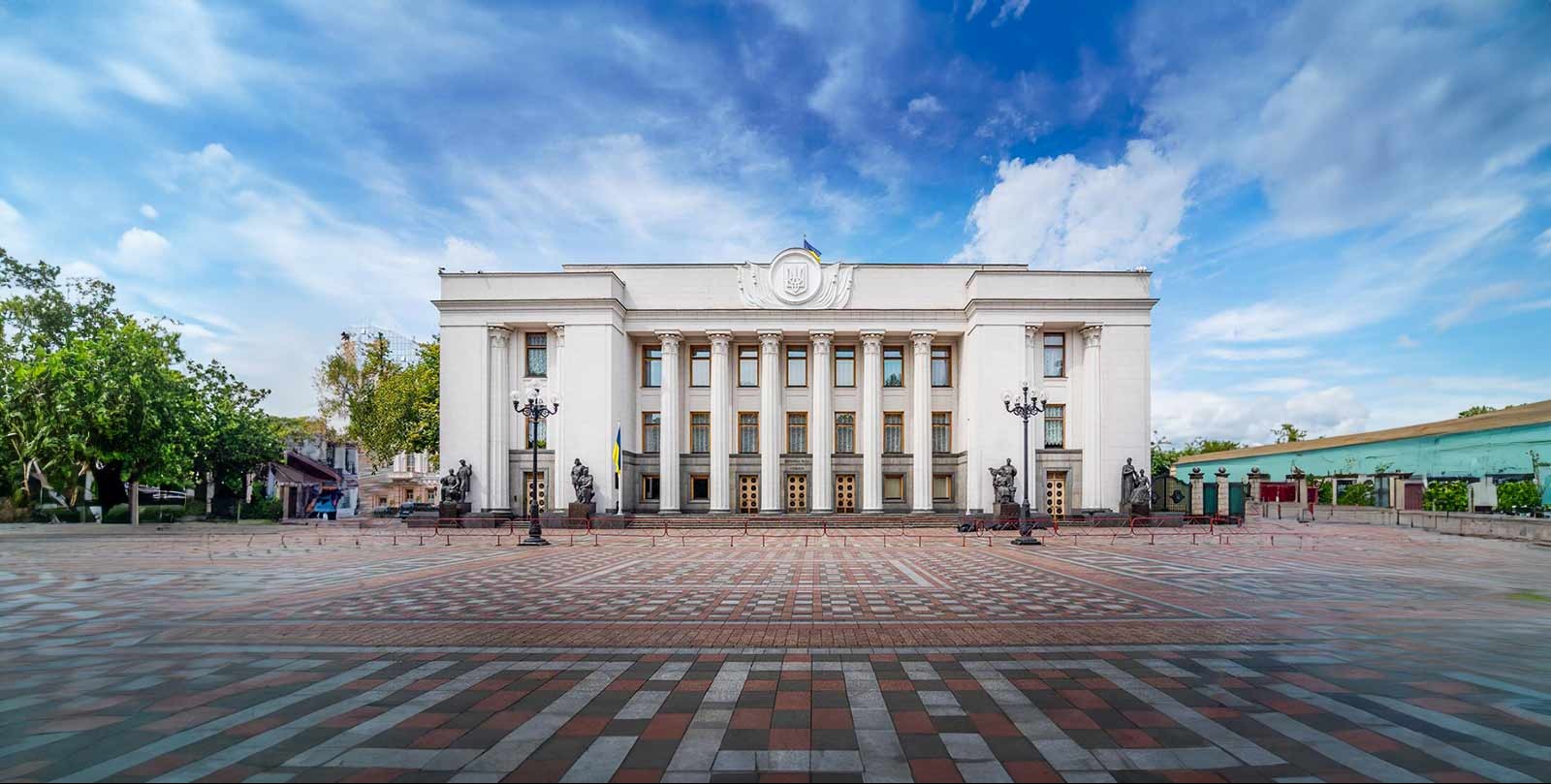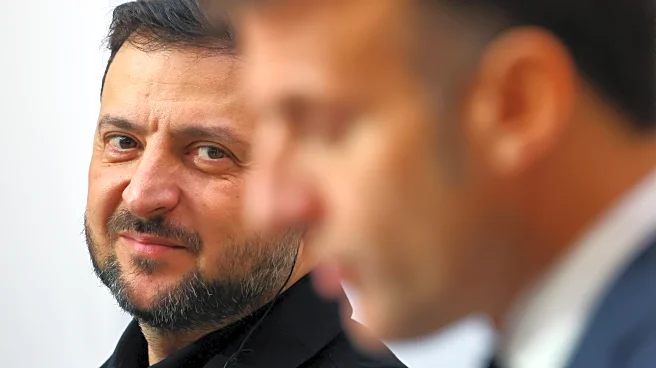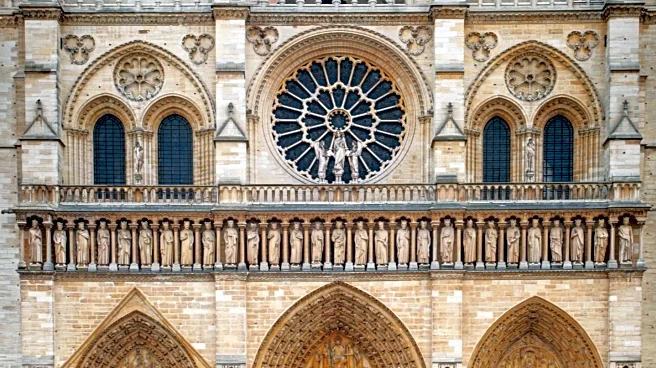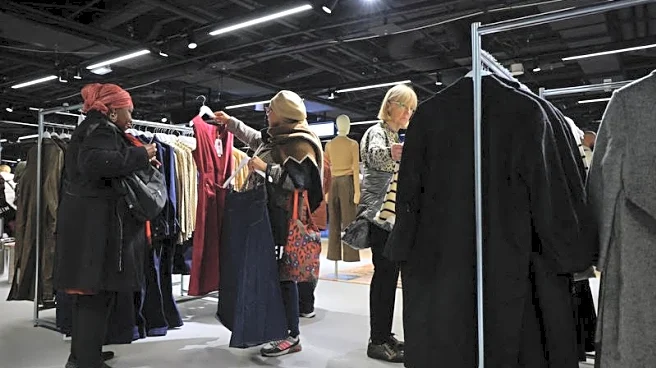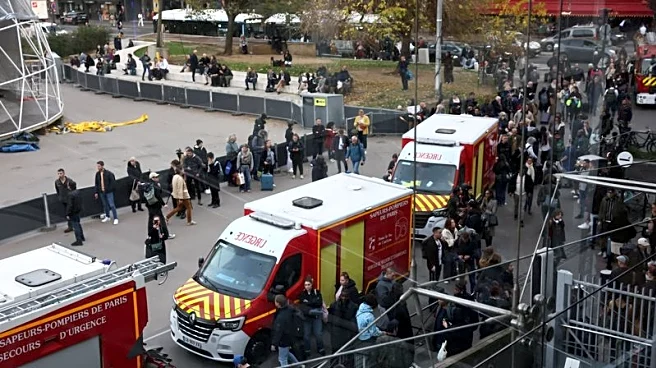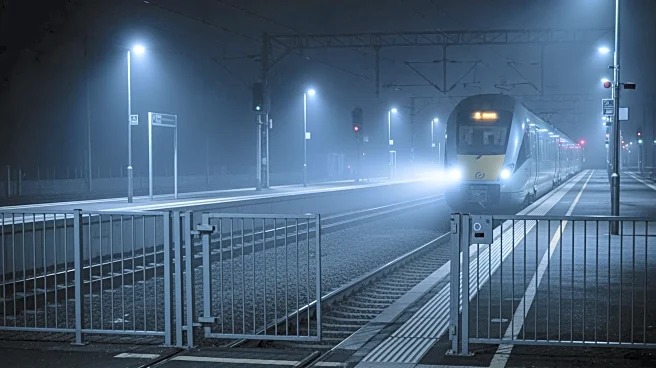What's Happening?
The Louvre Museum in Paris has announced the temporary closure of its Campana Gallery, which houses antique Greek ceramics, following a technical report that identified structural weaknesses in certain
beams. The affected area includes offices for 65 employees, who have been relocated while experts assess the damage. The closure is part of a broader effort to address security and structural issues at the museum, which recently experienced a high-profile theft of France's crown jewels. The Sully wing, where the gallery is located, is one of the oldest parts of the museum and was slated for renovation under French President Emmanuel Macron's Louvre revamp plan.
Why It's Important?
The closure of the Campana Gallery highlights ongoing concerns about the structural integrity and security of one of the world's most famous museums. The Louvre's recent challenges, including the theft of valuable crown jewels, have raised questions about the museum's priorities and its ability to safeguard its collections. The temporary closure may impact tourism and visitor experience, as the gallery is a significant attraction. Additionally, the situation underscores the need for museums globally to balance the acquisition of new artifacts with the maintenance and security of existing collections.
What's Next?
Experts are currently assessing the structural damage, and further actions will depend on their findings. The museum's leadership, along with the French government, is likely to face increased scrutiny regarding security measures and structural maintenance. Future renovations under President Macron's plan may be expedited to prevent similar issues. Stakeholders, including museum visitors, employees, and the French cultural sector, will be closely monitoring developments to ensure the safety and preservation of the museum's collections.
Beyond the Headlines
The Louvre's recent challenges may prompt broader discussions about the ethical responsibilities of museums to protect their collections. The incident could lead to increased investment in security and structural integrity across cultural institutions worldwide. Additionally, the focus on structural issues may influence future architectural and engineering standards for historic buildings.




